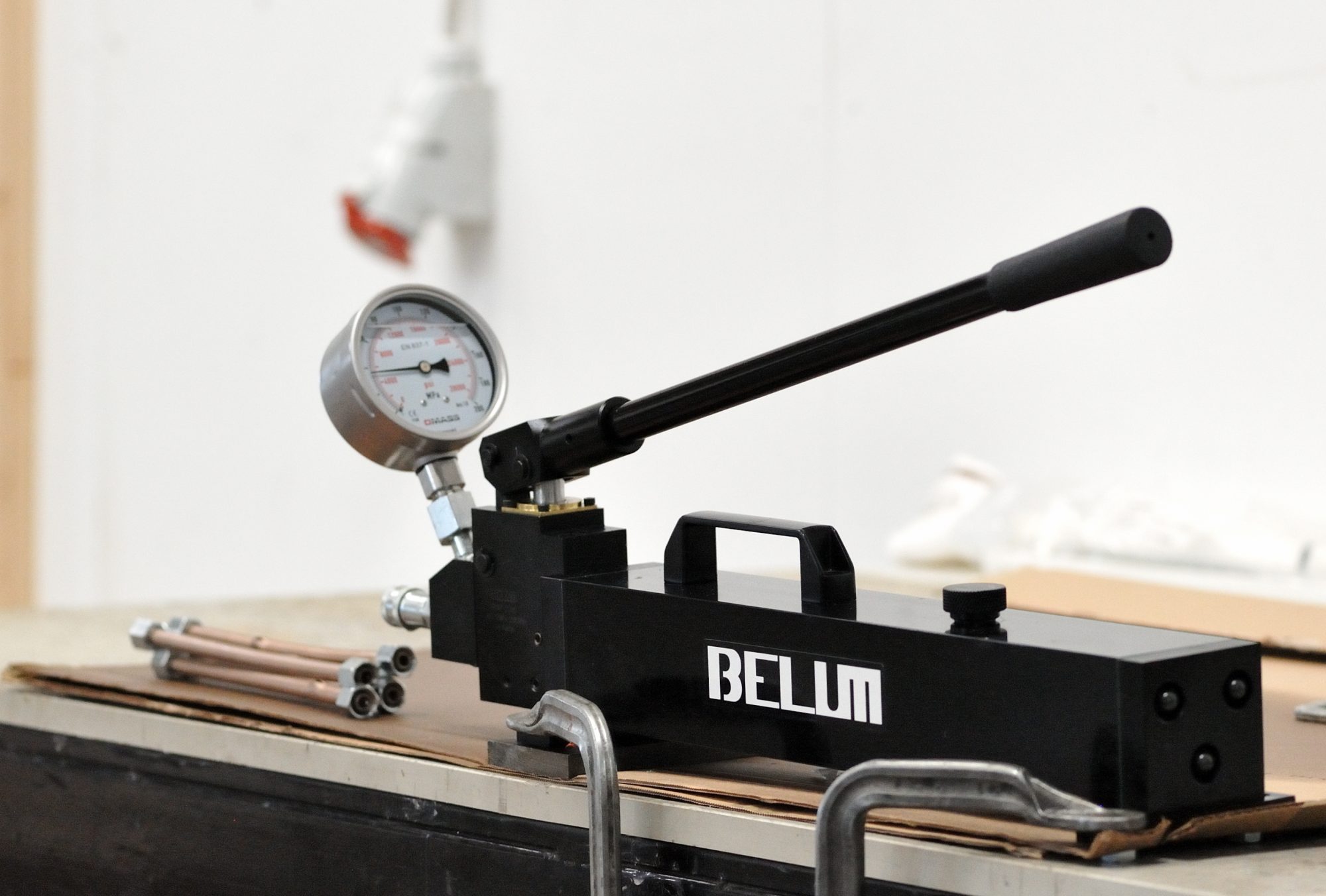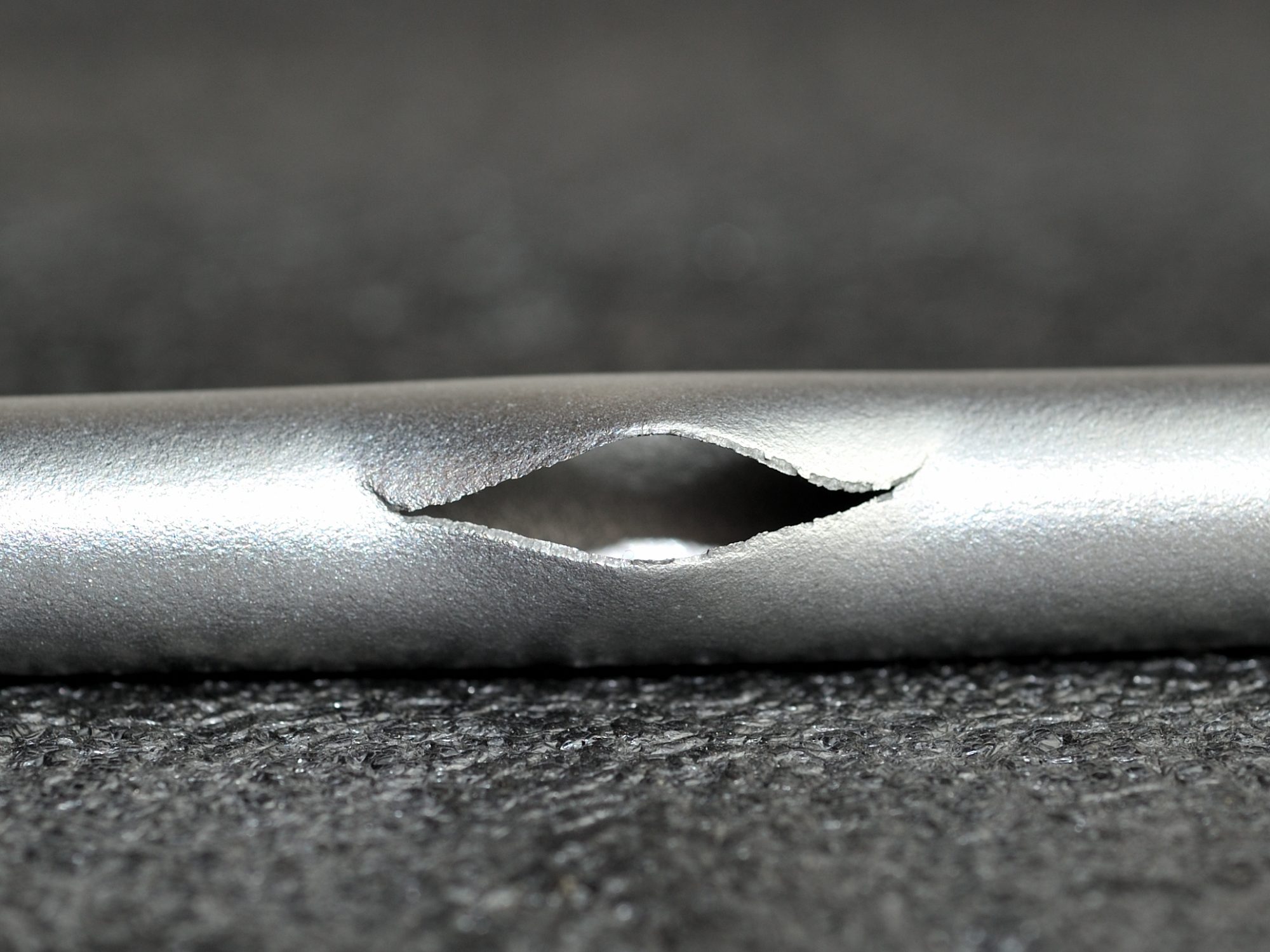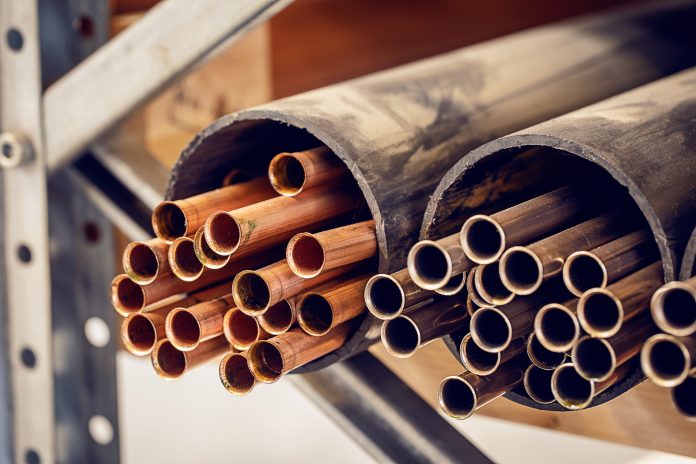According to Claus Ibsen and Karl Brian Nielsen at Vestas Aircoil, closing the industrial-academic gap is the future of innovation
How do you translate scientific results into innovation?
Vestas aircoil A/S values the potential of being part of the Horizon 2020 project InDEStruct. Besides the project outcome, it has also been a possibility to reflect on how the EU funding most efficiently translates scientific results into innovation in the industry and eliminates the industrial-academic gap.
Scoping a project that does not require numerous man-years for the industry to improve the technology readiness level is not unmanageable. At the end of 2021, Karl Brian started in an R&D position at Vestas aircoil A/S. He has 20 years of experience as a professor at a Danish University and brought with him the latest scientific work, to which, he quickly introduced a new material test (bulge testing – see figures) in the company which generates new knowledge of the materials and will improve the end product.
European Commissioner for Innovation, Research, Culture, Education and Youth, Mariya Gabriel recently wrote a LinkedIn article ‘Startups and science: EU businesses will increase their competitiveness by linking closely scientists and startups’, where she highlighted that “With deep tech startups quickly translating scientific results into innovation, our deep societal challenges will be resolved much more quickly than in the past.”
We believe that quick translation of scientific results and methods into innovation should be the goal of all projects. Here, Claus and Karl Brian will reflect on what it takes to do that.

When it comes to the possibility of industry working more closely with academia, what do you think of the future?
Claus: “I think it would be beneficial for the EU if we could make the industry-academia partnership work efficiently and close the industrial-academic gap. How do we collaborate and increase the technology readiness level of the project, together with academia? We are almost four years into our InDEStruct project and we do certainly see interesting results. Though for some of the project outcomes, it may require five, six, or seven years to fully exploit the present findings. That is a long way to go and for the EU to gain from this. This we believe comes down to the scoping after the project has been granted funding and is ready to start.”
You want to connect academic insights to the industry. What recommendation would you make so innovation could be more easily implemented?
Karl Brian: “I think it takes several topics to turn out to be successful, to be fast and that technological development can be implemented in the company. The first thing that it takes is setting the context of whatever we are doing.
“Then the company needs openness to have the will to discuss what could be of interest, and then the company needs to have a certain level of academic skills. If it’s completely without, then it’s not a fast track to go that way. Mr Ibsen, who has been in Vestas aircoil for 19 years and withholds a PhD, has shown for many years this positive attitude to whatever topic that may be of interest. Finally, it takes the academic side, and there you need to find an academic person who has the research skills and understands the challenge of the business/sector.
“Also, it’s important that there is a certain history. Whatever brands you move into, you need a half year, one year, or two years of work into this brand, to understand what the product is, and what are the technologies, but how does this make up a business for the company? Because what I’m doing should somehow improve the business of the company.”
Would you suggest that scientists are trained at university, to understand the industry?
Karl Brian: “I have many colleagues from the academic world, who are leaders of the academic world, and their interpretation is that, well, we have solved all manufacturing problems, this process we have known for 100 years. So, what can be done with this? It’s a question of changing your research perspective. Instead of doing something with the balance of our metals, we’ll try to make a twist so that our product is performing 10% better than previous ones. Or we can be much greener in our carbon dioxide use because then the research topic is the ability to make this change more than how to put in some more iron.”

Do you see anything in the EU infrastructure that excites you about the potential of speeding up that process?
Claus: “We were recently in a consortium with research groups from all over Europe, which prepared an application for EU funding. The fund was not granted, but what we saw being in the consortium, was the many facets of research on one research topic, which can be found in Europe.
If you as an industry can identify the technology needed to do the innovation of your product, but the local University may not be an exact match, then they’re most probably is a European research group which has the capability.
By expanding the looking glass to the whole of Europe, you can find an optimal match for your Innovation. This we also acknowledged in our InDEStruct project, which brings together a consortium of industrial and academic partners in a bespoke doctoral training programme that is multi-disciplinary in its content. That multi-disciplinary match was the University of Southampton for us.
What ambitions do you have for the future? What would you like to do with the technology?
Claus: “We have enjoyed being part of the InDEStruct project which is soon to end, and we are hoping that we can get a new project so we can continue having collaboration across the border with other universities. I think the small differences, which are between us living in Europe, are important to generate new perspectives and ideas.

The InDEStruct Project has received funding from the European Union’s HORIZON 2020 research and innovation programme under Grant Agreement no. 765636.
Please note: This is a commercial profile
© 2019. This work is licensed under CC-BY-NC-ND.











